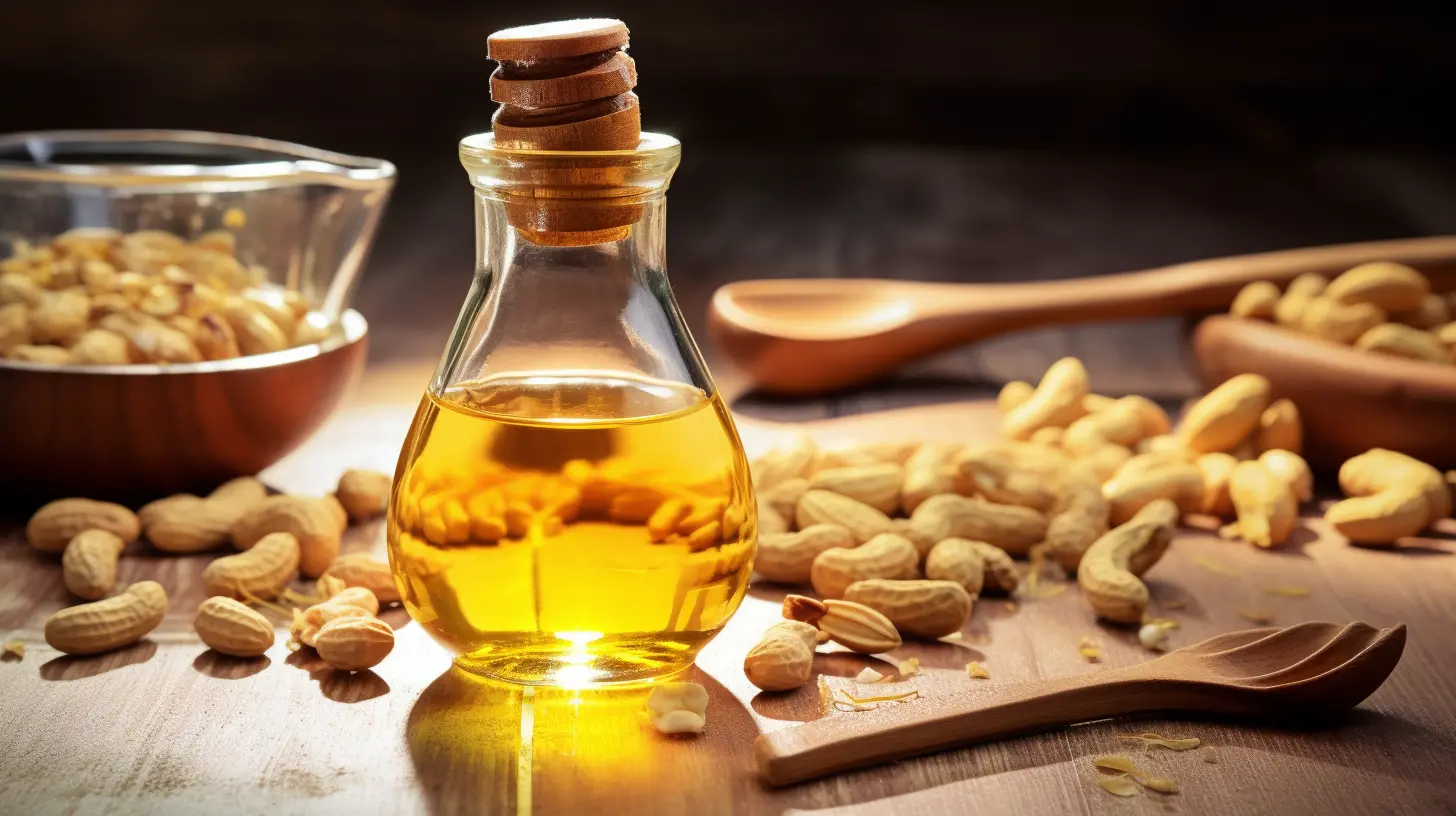
Have you ever wondered about the intricate process behind the delicious peanut oil on your dining table? Today, let's embark on a journey to explore the professional and quality - oriented world of peanut oil production.
It all starts with the shelling of peanuts. Specialized machines are used to efficiently remove the outer shells of the peanuts. These machines can shell up to 1000 kilograms of peanuts per hour, ensuring a high - speed and continuous supply of shelled peanuts for the subsequent production steps. This step is crucial as it separates the valuable peanut kernels from the inedible shells, laying the foundation for high - quality oil production.
There are two main methods of extracting peanut oil: hot - pressing and cold - pressing. Hot - pressing involves heating the peanuts to a certain temperature before extraction. This method can achieve an oil yield of up to 45%. The resulting oil has a rich flavor and a darker color, making it popular for cooking dishes that require a strong peanut aroma. For example, a well - known peanut oil brand increased its market share by 20% after adopting a refined hot - pressing process.
On the other hand, cold - pressing is carried out at a lower temperature, usually below 60°C. Although the oil yield is relatively lower, around 38%, the cold - pressed oil retains more nutrients and has a lighter flavor. The oil cakes produced from cold - pressing are often used as high - quality animal feed due to their high protein content.
| Pressing Method | Oil Yield | Product Characteristics | Oil Cake Use |
|---|---|---|---|
| Hot - pressing | Up to 45% | Rich flavor, darker color | Fertilizer or secondary processing |
| Cold - pressing | Around 38% | Light flavor, more nutrients | Animal feed |
Cleaning the peanuts is an essential step to ensure the purity of the final oil product. Peanut cleaning machines use a combination of screening, aspiration, and magnetic separation to remove impurities such as dirt, stones, and metal particles. These machines can remove up to 99% of impurities, significantly improving the quality of the peanuts and the subsequent oil production. For instance, a large - scale peanut oil factory reduced its product defect rate by 15% after upgrading its cleaning equipment.
Baking is a key process for producing aromatic peanut oil. When the baking temperature is around 180 - 200°C, the peanuts develop a rich and intense flavor. A peanut oil producer found that by precisely controlling the baking temperature at 190°C, the sensory evaluation score of their aromatic peanut oil increased by 20%, leading to higher customer satisfaction.
The crushing stage is vital for increasing the oil yield. By crushing the peanuts into smaller particles, the contact area between the oil - containing cells and the pressing equipment is increased. This can boost the oil yield by an additional 3 - 5%, making the production process more efficient.
In the oil - pressing process, the screw peanut oil press needs to be carefully set with parameters such as rotation speed and pressure. A proper rotation speed of 20 - 30 revolutions per minute and a pressure of 20 - 30 MPa can ensure a stable and high - quality oil output. After the oil is extracted, the remaining oil cakes can be further processed into fertilizer or used for secondary oil extraction.
Our brand is committed to upholding the highest standards of professionalism and quality in every step of peanut oil production. We believe that only through strict quality control and continuous innovation can we provide consumers with the best - tasting and healthiest peanut oil. Are you ready to experience the difference of our high - quality peanut oil? Click here to learn more and place your order now!


